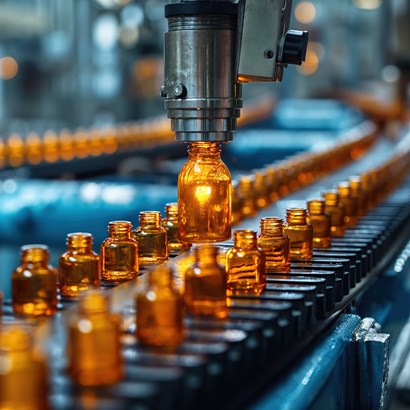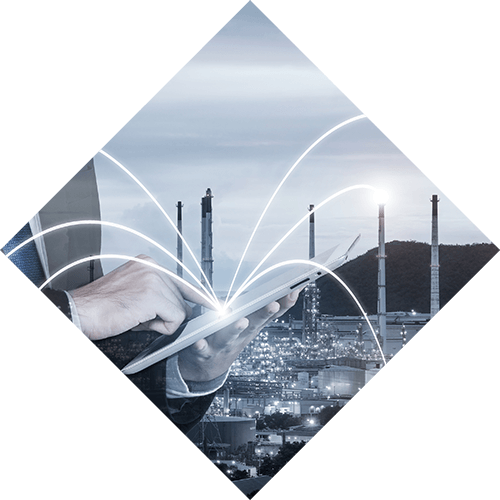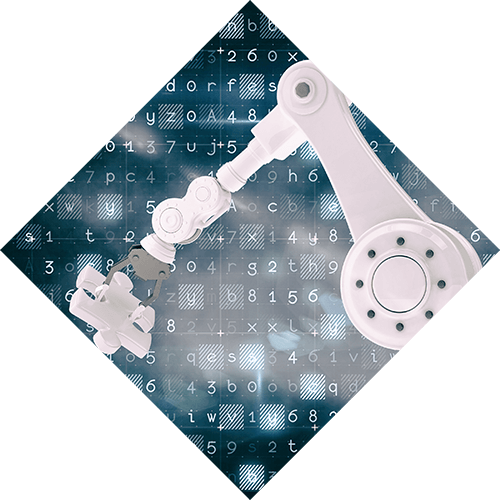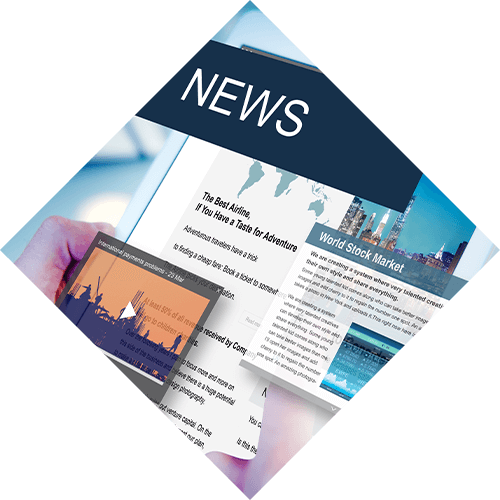As technology advances, manufacturers can make improvements to their capabilities and improve their overall ability to operate more effectively. This includes forecasting - traditional forecasting tools are being made redundant as the use of ERP software with technologies including artificial intelligence, machine learning, and business intelligence capabilities are taking the lead.
What is forecasting and why is it important to a manufacturer?
Forecasting is a means of predicting the potential demand for your products. Manufacturing demand forecasting is about collecting as much data as possible, turning that into insight, and then determining the appropriate actions.
When trying to predict sales, potential demand or even material usage, the key to being able to do this accurately is dependent on the quality and quantity of data that you have at your disposal and the tools that are being used.
Being able to project a manufacturing forecast accurately can result in an array of benefits, including:
- Reduced costs
- Reduced wasted products/materials
- Better utilisation of resources
- Align other areas of the business, such as inventory, accordingly.


















